Tank Calibration: Critical for Accuracy and Safety
Certain types of tanks are often needed in various industrial activities to support the process. Therefore, it is also essential to pay attention to the maintenance of the equipment, one of which is by calibrating the tank.
What is meant by this calibration process, and why is it important? So, what type of tank needs to be calibrated, and what is the appropriate service? Find the answers in this article and make sure your industry doesn’t ignore calibration! Especially things that need to be done before tank calibration.
What is Tank Calibration?
In general, calibration is an action taken to determine the correct value and check its accuracy. This can be done by using measuring instruments with established standards, both national and international standards.
Therefore, tank calibration can be interpreted as determining appropriate values, such as the mass of electrical pressure from the tank in terms of volume and capacity. This action is essential and cannot be ignored, ensuring that the tank capacity can be trusted and relied upon.
Types of Industrial Tanks
Tanks are an essential component that cannot be ignored for all industrial fields. Some people may only know the function of a tank as a storage area, even though various other functions are no less essential.
For example, it assists the raw material production process and protects so no contaminants are mixed in. There are some types of tanks, according to the government, commonly used in the industrial world, namely as follows:
1. Atmospheric Tank atau Tangki Atmosferik
Jenis pertama, ada tangki atmosferik atau yang dirancang untuk dapat digunakan dalam tekanan rendah. Tangki atmosferik juga dikenal dengan nama tangki timbun dan memiliki beberapa jenis secara umum, yaitu:
Horizontal Tank
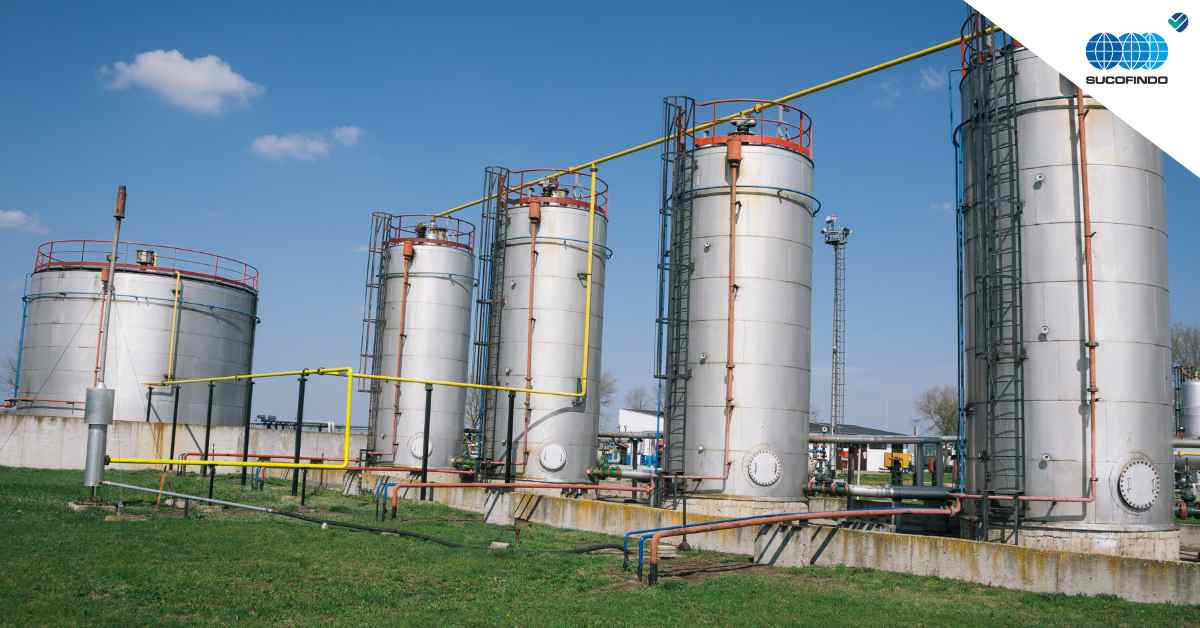 there is a horizontal tank that can be used to accommodate types of chemicals that have a low evaporation rate.
there is a horizontal tank that can be used to accommodate types of chemicals that have a low evaporation rate.
Hemispheroid Tank
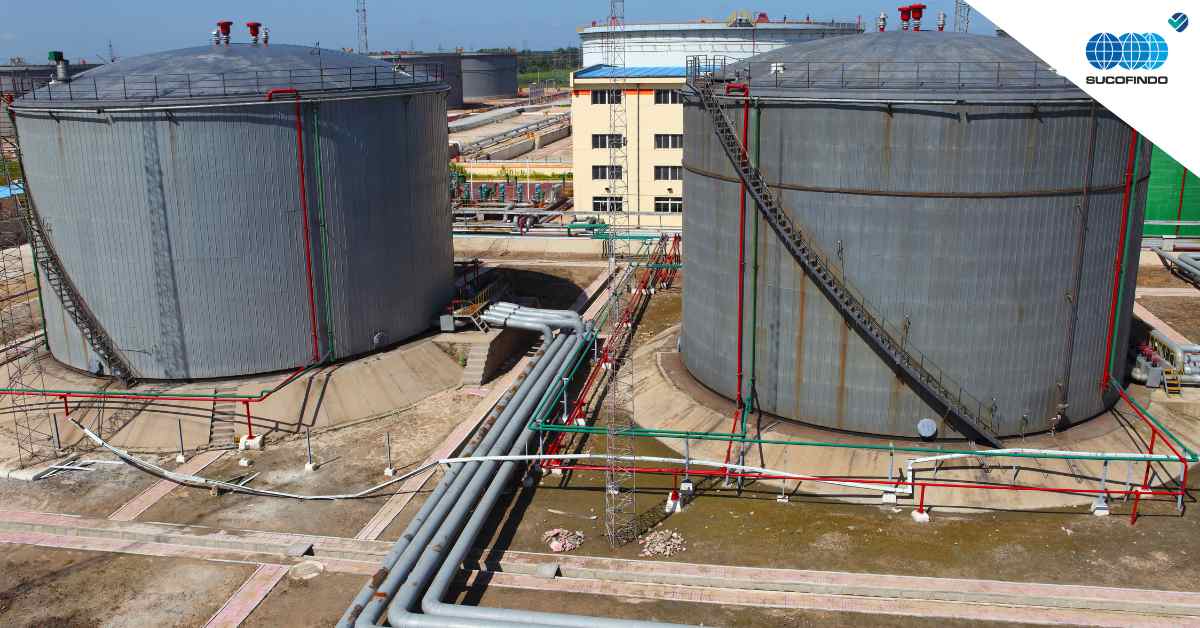 Next is the tank hemispheroid, which is designed to accommodate low-pressure steam.
Next is the tank hemispheroid, which is designed to accommodate low-pressure steam.
Fixed Cone Roof Tank
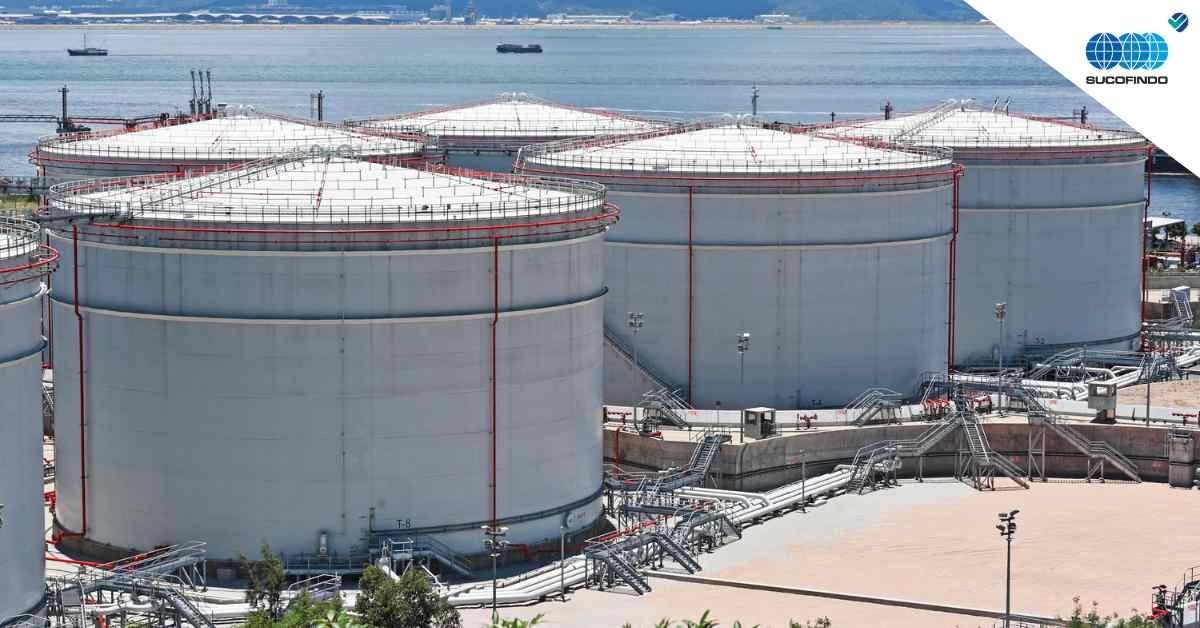
Third, a fixed cone roof tank is designed to accommodate fluid materials with low-pressure steam. Apart from that, this tank can also be used to store nails with materials and corrosive properties.
2. Pressure Tank or Pressure Tank
After discussing tanks that can accommodate low pressure, now is the time to discuss pressure tanks.
This tank type has been designed to store liquid materials with a vapor pressure above 11.1 psi. For example, for various petroleum products. There are several types of this tank, namely as follows:
Spherical Tank
Spherical Tank
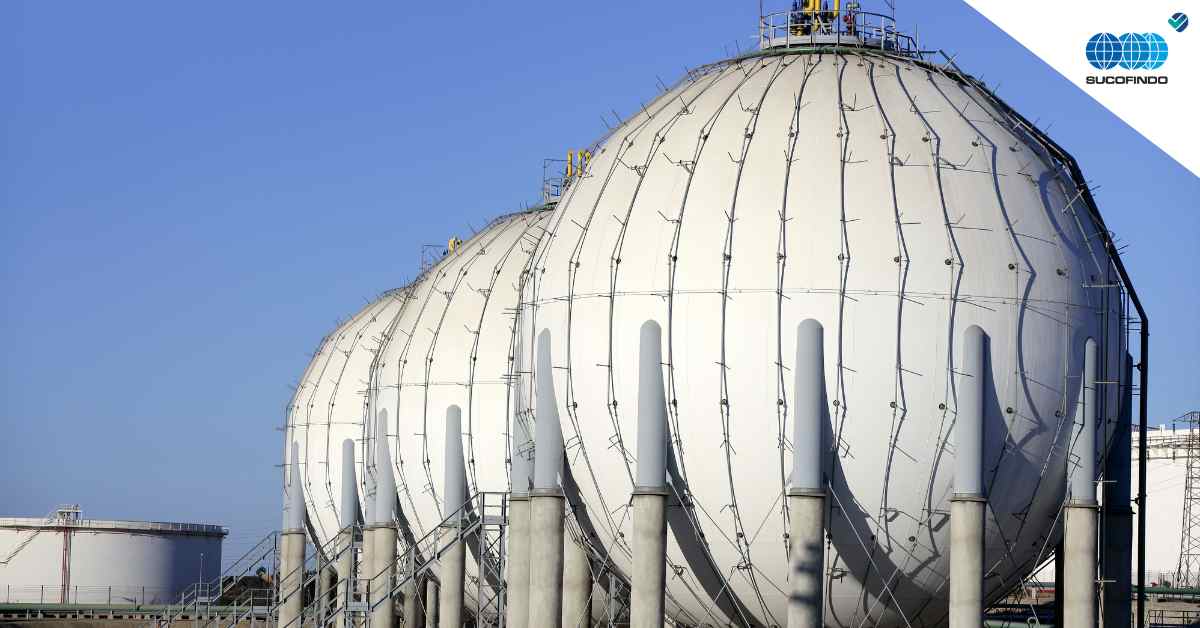
The first type is a ball tank; its function is to hold various gasses that can be liquefied, for example, N2, O2, and LPG. The maximum pressure that can be accommodated is 75 psi.
Bullet Tank
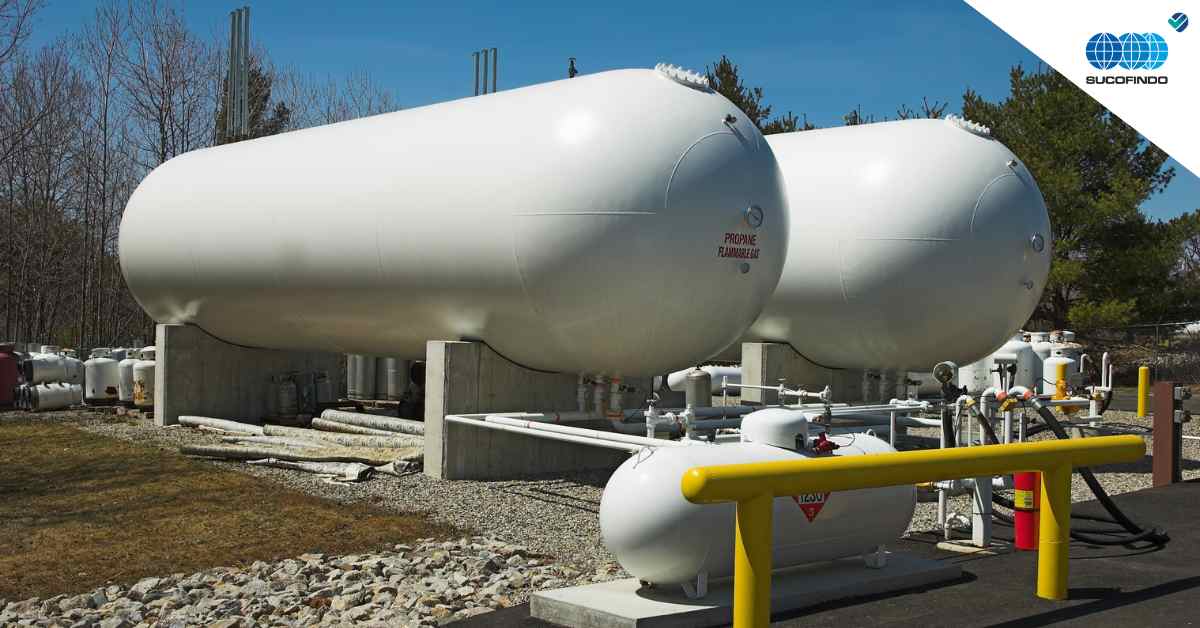
Second, a bullet tank can be used as a pressure vessel and storing gas, H2, butane, ammonia, and propane at pressures above 15 psig.
Dome Roof Tank
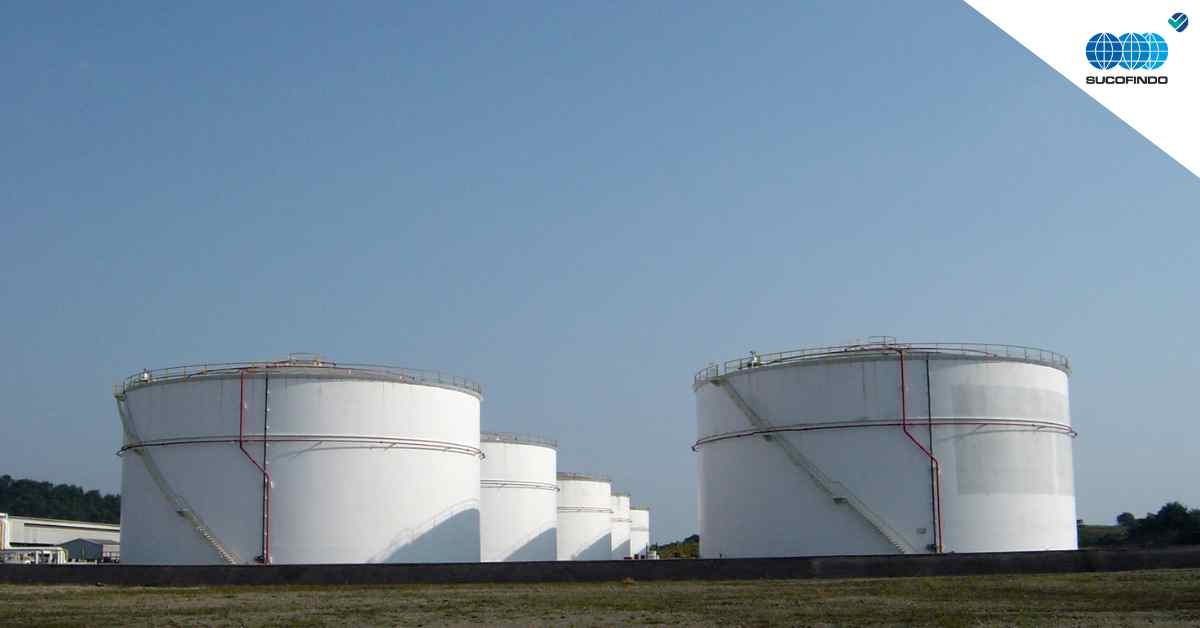
Furthermore, some tanks have been designed to accommodate various flammable chemicals with a pressure of 0.5 and 15 psi. One type of material that can be accommodated is gasoline.
Why Do Tanks Need to Be Calibrated?
Tank calibration needs to be carried out regularly to minimize various risks. Several reasons make this calibration essential to do.
1. Tank Capacity Measurement is Accurate
Having a proper calibration process can make measurements of tank capacity accurate. That way, the amount transported or stored is guaranteed so that subsequent industrial or distribution processes are not disrupted.
Furthermore, this can enable you to minimize operational or financial problems.
2. Stock Management Efficiency
Material stock management can be done more efficiently and effectively with accurate capacity. Various management and planning processes can also be carried out appropriately. This can also have a positive impact on the industry’s finances.
3. Minimize safety risks
Please note that measurement errors can have various safety risks. These wrong measurements can cause failures in raw material control, overloading, tank leaks, and other operational problems.
This can impact the safety of the workers involved, the environment, and the surrounding ecosystem.
4. Minimize environmental pollution
Furthermore, environmental aspects should not escape the attention of industry players. Tank calibration is carried out so that the measurements and capacity used are correct to minimize spillage of products or materials originating from the tank.
If this material is spilled, it could be an act of environmental pollution and pose a risk of harm to the surrounding ecosystem. Therefore, a proper calibration process can reduce the risk of this happening.
5. Comply with Applicable Regulations
Various industry types regulate measurement and calibration, so this must be carefully considered. If you do not calibrate appropriately by applicable regulations, this may result in the risk of related fines or sanctions.
6. Prevent Financial Loss
If there are incorrect measurements or the materials inside are contaminated, it can cause financial losses. Inaccurate measurements can cause stock shortages or raw material waste, disrupting the production process.
This risk can be avoided by calibrating, and you can carry out various industrial processes more effectively.
Sucofindo’s Role in Tank Calibration
As previously explained, there are various reasons why calibration is necessary for industrial tanks. One of the risks of loss if the tank is not calibrated is that it can change the quality of the materials inside, which can cause financial losses.
This service can help you ensure the accuracy of the measuring equipment on the tank. This is adjusted to the standards and regulations in the oil and gas industry. Of course, this service supports the development of High Accuracy in Tank Calibration with the Latest Technology.
By using this service, you can also meet the requirements to meet applicable regulatory standards. The industry you run can be helped in terms of fulfilling the equipment use permit and obtaining a calibration certificate.
To help with the risk mitigation process, Sucofindo can provide volumetric tables for the following types of tanks:
- Vertical round tank
- Rectangular tank
- Cylindrical tank
- Cone tank
- Dome shaped tank
- Wall horizontal tank single and double
- Above-ground or below-ground floating roof tanks, and much more.
The calibration process must be carried out for various industrial tanks. By having the right processes by applicable regulations, you can reduce multiple risks, for example, financially and in terms of security.
Tank calibration services from Sucofindo can be a solution for you in this case. With the latest technology, Sucofindo’s capabilities can provide the best tank calibration service for you and can be done anywhere, for example, in factories or plantations. Get in touch with us for more information.








